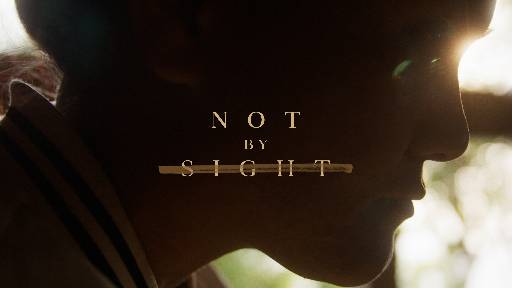-
Believing Without Seeing
Contributed by Derrick Tuper on Nov 28, 2017 (message contributor)
Summary: You’ve heard the phrase, “Seeing is believing”? That might be true in some instances but not when it comes to faith. Faith is about believing without seeing.
BELIEVING WITHOUT SEEING
INTRODUCTION: You’ve heard the phrase, “Seeing is believing”? That might be true in some instances but not when it comes to faith. Faith is about believing without seeing.
1) Show us! John 14:1-11.
John contains the longest account of the Last Supper. Here, in chapter 14, Jesus is explaining to his disciples that he’s going to be leaving them soon (the ascension) but where he’s going (heaven) he’s preparing a place for them in his Father’s house. He comforts them by saying he is coming back to take them to where he is going. He tells them that they know the way to where he is going.
Thomas chimes in and states, “We don’t know where you’re going so how can we know the way to get there?” Thomas speaks for the group to indicate that they were all confused as to what Jesus was talking about. Jesus makes it clear that he is the way. He wants his disciples to trust in what he is saying. He tries to solidify that trust by saying that to know him is to know the Father. And therefore, what Jesus is saying is not just coming from him but from God the Father.
But Philip wasn’t convinced. He’s hearing all this talk about a future promise and Jesus declaring that to know him is to know the Father and he’s a little skeptical. So he says, “Show us the Father and that will be enough for us.” Philip wanted proof that what Jesus is telling them is really true. It’s somewhat understandable. He’s hearing some radical things and he wanted convincing proof that once Jesus left he really was going to prepare a place for them and that he was coming back to get them. So, if Jesus was to get Father God to come down and validate everything Jesus said then he would be convinced.
How often are we like that? We read scripture and it sounds too extreme to believe. We want proof; we want a sign. “I know Heb. 13:5 says you would never leave or forsake me but I’m not convinced. Show me a sign.” “I know it says in Phil. 4:13 that I can do all things through you but I don’t know about this situation.” “I know 1st Cor. 10:13 says you provide a way out of every temptation but I feel so powerless to resist.” “I know 1st John 4:4 says that greater is you who is in me than the devil who is in the world but…” And there’s the problem-‘but’. The ‘but’ of doubt. Philip could’ve said, “I know this is what you said Jesus but I’m not convinced. Show me proof; give me a sign.”
Did Jesus give him a sign? Did Jesus do what he wanted? No. Jesus went after him about his lack of trust. “Don’t you know me? Haven’t you been around me for three years? How can you say, ‘Show us the Father’? Haven’t you been listening to my teachings? Haven’t you been paying attention to my miracles? Have you ever seen me sin? Ever caught me in a lie?”
Philip was asking for proof but the proof had been there all along. We too have the proof. All we have to do is look back on our lives and see what the Lord has done. Look back at the times you should’ve been dead but the Lord rescued you. Look back on the times when you thought it was all over; all hope was gone and then something happened to change your circumstances. The things you thought were coincidences you now realize it was God.
Philip and the others had the proof. They had already seen what they needed to see in order to become convinced. We too have all the evidence we need in order to put our faith in Jesus.
2) Come down off that cross and we’ll believe!
Matt. 27:39-43, “Those who passed by hurled insults at him, shaking their heads and saying, “You who are going to destroy the temple and build it in three days, save yourself! Come down from the cross, if you are the Son of God!” In the same way the chief priests, the teachers of the law and the elders mocked him. “He saved others,” they said, “but he can’t save himself! He’s the King of Israel! Let him come down now from the cross, and we will believe in him. He trusts in God. Let God rescue him now if he wants him, for he said, ‘I am the Son of God.’”
Here the religious leaders were asking for a sign that Jesus was the Son of God. Why didn’t he do what they asked? Surely that would show them and everyone else there that he was who he said he was. They said they would believe if he did that so isn’t that what’s important? The religious leaders had already seen signs and miracles before but were unwilling to accept them as proof of Jesus being the Son of God. And Jesus had already addressed them about this.

 Sermon Central
Sermon Central



